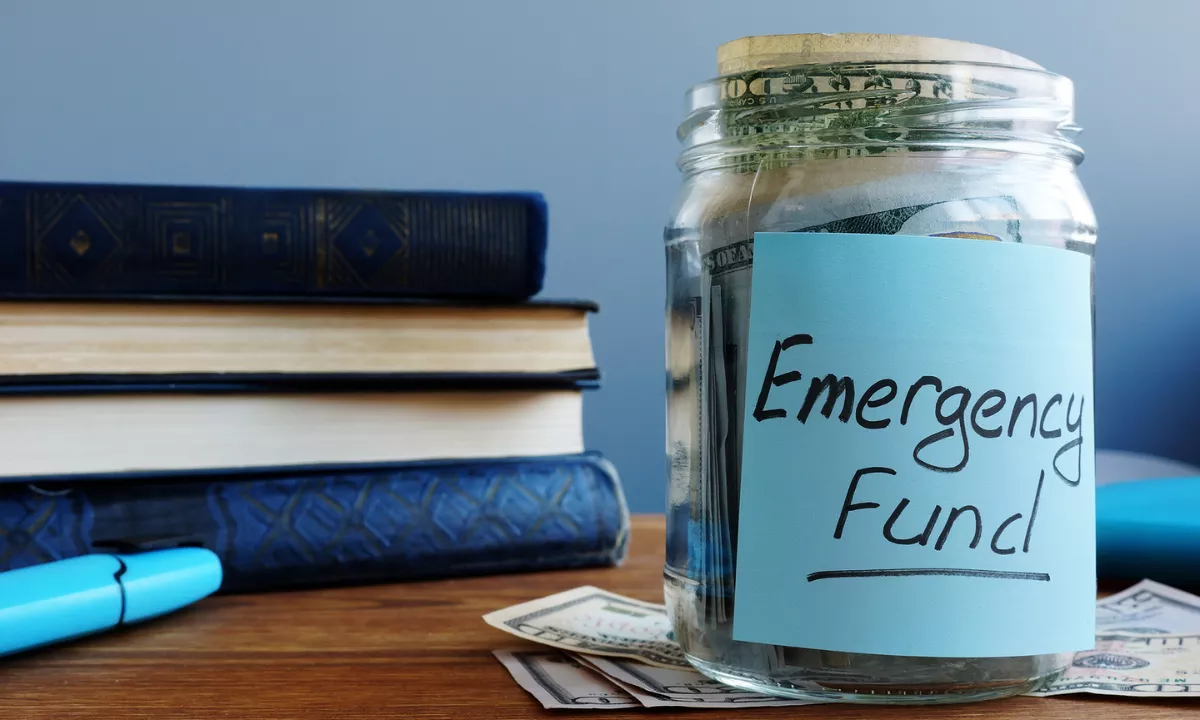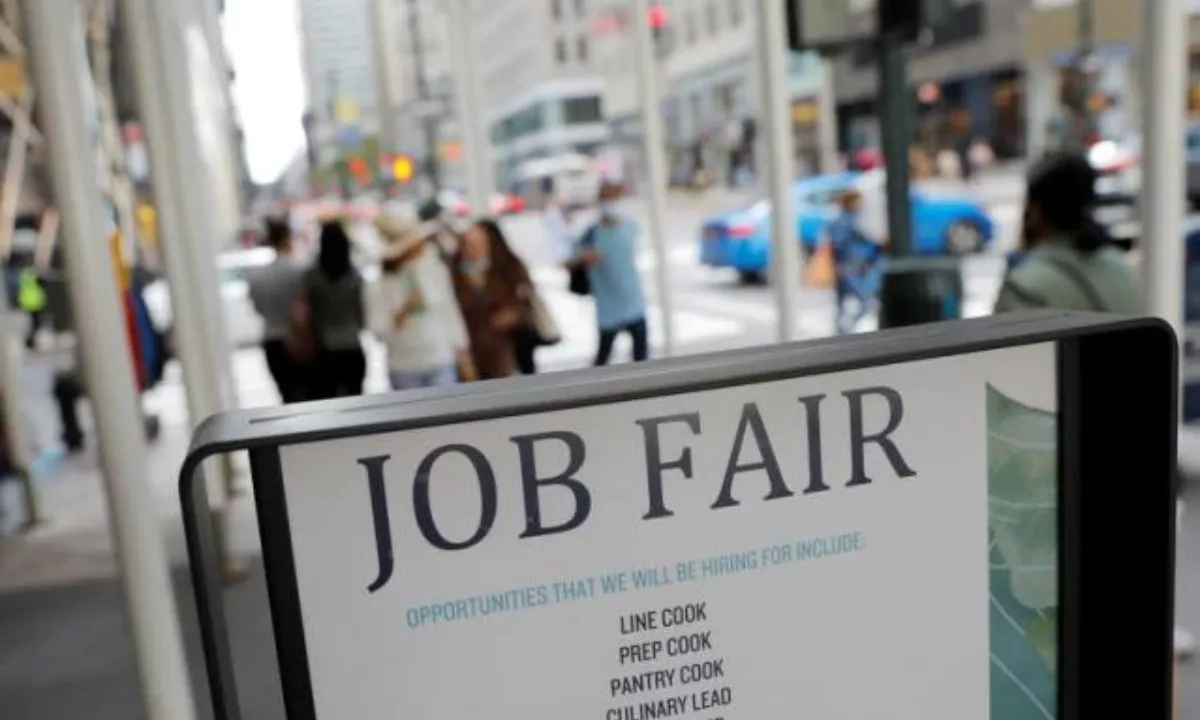
We may be a country with a severe lack of financial literacy, but we all have a core principle ingrained in: We must have an Emergency Fund.
It sounds simple in theory: you earn a certain amount of income and put it into an account that you only use when you get stuck, and you have to shell out money for new car parts or unexpected medical bills. However, Building a six-month emergency fund (the recommended amount) can be challenging.
Enter with the right attitude
“Savings are first and foremost a mind game that can be won,” says Adam Garcia, founder of The Stock Dork. “If you regularly set aside a little bit of money, you can reach your goals, no matter how low your starting point. All it takes is time and a little discipline.”
Find an accountability partner
“The process of starting with a partner and donating faithfully to the emergency fund is more successful,” said Lucia Jensen, CEO of WeLoans. “Consider working with your financial advisor to help you stay on track.”
Plan your expenses
“Take the time to differentiate between your essential and discretionary spending (eg, streaming services, clothing shopping),” said Katie Ross, executive vice president of American Consumer Credit Counseling (ACCC). “If you Your finances are tight and you may want to cut back on some discretionary spending. Your emergency fund should cover your basic needs. After calculating your total spending for a month, multiply that number by six. The last number is what you should have for your How much is the emergency fund for six months.”
Reconsider subscriptions and sign up for promotions
“Whether it’s your cable company, wireless service provider or your gym membership, it’s time to reconsider the value of subscribing to their service,” said Owen Wilcox, co-founder of USInstallationLoans. They may have forgotten about other subscriptions, but they continue to charge monthly fees. Consider exiting deals, putting some on hold, or renegotiating deals to free up critical funds that can be redirected to your emergency fund.”
Start depositing 5%-10% of your salary
“Once you’ve figured out your monthly expenses, it’s time to set aside some money for your emergency fund,” Ross said. “If your budget allows, save 5% to 10% of your salary. To add more money to your emergency fund, consider reducing discretionary expenses (like coffee or dining out) for a few months. If You receive unspent money, tax returns, or leftover funds from your budget, so please move it all into your emergency fund.”
Automate stored procedures
“The easiest way to save money is to keep it out of your sight,” says Garcia. “Most employers offer direct deposit, and some even allow deposits into multiple accounts. Your company or bank can automatically deposit an amount you choose into a separate account for your emergency fund.”
Deposit funds into an appropriate savings account
“Use a non-checking account, like a savings account or another type of account that you don’t have quick access to,” Garcia said. “You’re less likely to miss it. And don’t monitor your bank balance compulsively, it will only slow your growth. The best way to deal with this is to let it go.”
Don’t increase your monthly expenses or get a new credit card
“Once you’ve set up automatic savings, don’t get a false sense of security about your finances,” Garcia says. “In the case of giving up a new pair of shoes every month, only to replace them a few months later, you’re not saving at all.”
Set small, inspiring goals
“Instead of setting one big saving goal, set several smaller ones,” Garcia said. “Prepare for success right from the start. Instead of spending three months, budget for a month. Or you wait a month.
Once you reach your first goal, you should be inspired to move toward a slightly larger goal.
“Make your second goal more challenging, make your third goal more challenging,” Garcia said. “Over time, you’ll develop a saving habit, and the positive motivation that comes from achieving modest goals will help you achieve bigger goals.”
Set a long-term goal for yourself
“Set a long-term savings goal for the amount you want to achieve,” says Dr. Kortney Ziegler, CEO and founder of WellMoney. “Then break it down into smaller daily savings that you can keep to help you achieve your bigger goals. For example, if you want to save $500 over the next six months, you can set a daily savings The daily savings goal — at least — is about $0.34 a day.”
Tap into the gig economy
If you live on a paycheck and saving is out of the question, consider finding a side hustle—the market for these jobs is hot right now.
“For those who can, now is the time to take advantage of the high hourly wages that many companies offer for part-time positions,” said Sean Fox, president of Freedom Debt Relief and chief revenue officer of parent company Freedom Financial Network. , even working overtime at your own workplace may not be exciting, but it’s a great way to generate extra income and build capital.”
Don’t save too much – invest the rest!
“Your money might be sitting in a low-yield savings account, which means it won’t pay you anything,” Garcia said. “Once you reach your end goal, you should stop contributing to this account. Your retirement savings are a good place to start because they can bear the most fruit over time if you are patient .”
Saznajte više:
-
-
-
-
Pregled kartice Delta Skymiles® Reserve American Express – Pogledajte više.
-
AmEx se fokusira na korisničko iskustvo s novim tekućim računom i redizajniranom aplikacijom
-
Discover it® Nagradne kartice pogledajte kako to funkcionira



